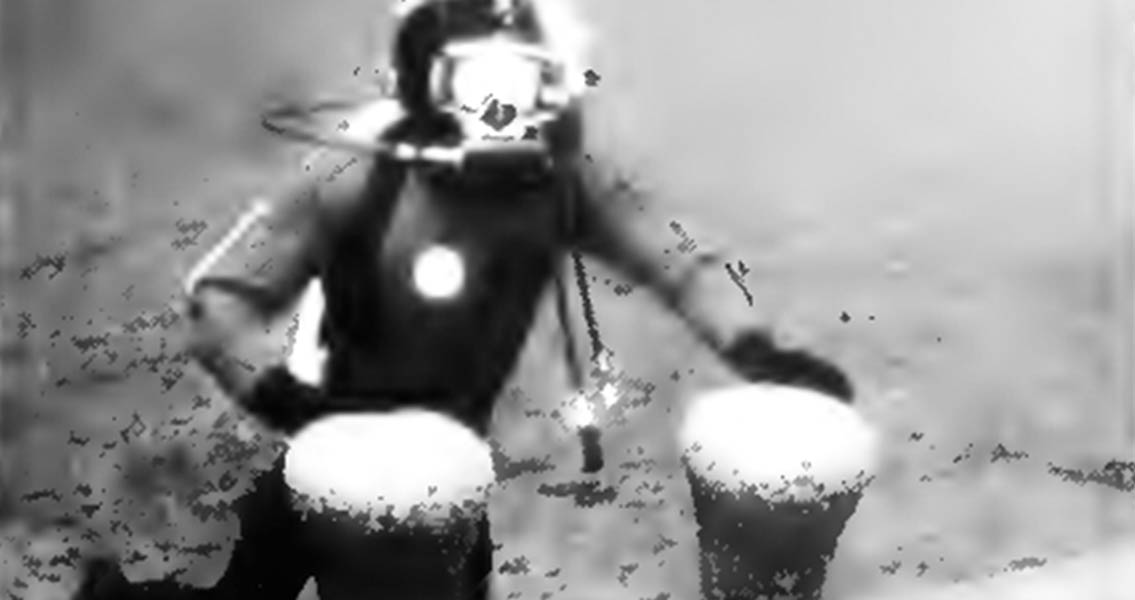<![CDATA[A team of divers from Greece and other countries has stumbled upon more artefacts in a shipwreck that was first discovered over 100 years ago. The items found include ship components, a large bronze spear that seems to have been part of a life-sized statue, and tableware. The Greek ship sunk more than 2,000 years ago and its wreck is located off the remote island of Antikythera, 55 meters below sea level. It was first discovered by divers who were hunting for sea sponges but ended up being blown off course. They wound up at the Antikythera shipwreck where they found an array of bronze and marble statues, furniture, jewellery, glassware, and the mysterious Antikythera Mechanism. Their exciting expedition came to a premature end when one of the divers died of a nitrogen build-up, and two became paralyzed. Since then there haven't been any more expeditions to the area, until this year. The Antikythera ship is thought to have sailed the seas between 70 and 60 BC, and may have been carrying its cargo of luxurious Greek treasures from Asia Minor to Rome. The island of Antikythera is in the middle of this shipping route, the ship crashed against the island's steep cliffs, possibly as a result of a severe storm. Researchers from the Woods Hole Oceanographic Institution and the Hellenic Ephorate of Underwater Antiquities, Brendan Foley and Theotokis Theodoulou, led an international team of archaeologists to scour the wreck for more treasures. This was done during the first excavation season, which went on from September 5th to October 7th, 2014. They first used state-of-the-art equipment; specifically stereo cameras mounted on an autonomous underwater vehicle, to scan the area and create a high-resolution 3D map of the site. From this they found that a lot of the ship's cargo was still untouched beneath the sediment. They found multiple lead anchors that were over a meter long, and a bronze rigging ring, which revealed that a lot of the ship's components were still intact. Interestingly, the archaeologists found proof that the Antikythera ship may have been larger than previously thought, maybe up to 50 meters long. They found the items that belonged to the ship were not confined to just one area under the ship, but a wide area that covers about 300 meters of the seafloor. They believe that this may very well be the largest shipwreck of the ancient world that has so far been discovered. During the most recent dives, the archaeologists discovered several artefacts buried underneath the sand bed, including a 2-meter bronze spear, an ornate bed leg, and a table jug that was still intact. The scientists believe the spear's large size and weight meant that it must have been part of a giant statue - a statue of a warrior, maybe of the goddess Athena. The sponge divers that happened on the shipwreck in the early 1900s had discovered four giant marble horses, and Foley and his colleagues believe that the horses along with the spear formed a complex of statues. The divers used re-breather technology to reach the great depths of the shipwreck, as it is too deep to use normal scuba gear. This technology got rid of carbon dioxide from the exhaled air and then reintroduced and re-circulated it, enabling them to stay underwater for up to three hours. They plan to return next year for further excavations to uncover the untouched secrets of the ship.]]>
Latest Discoveries at Antikythera Shipwreck
